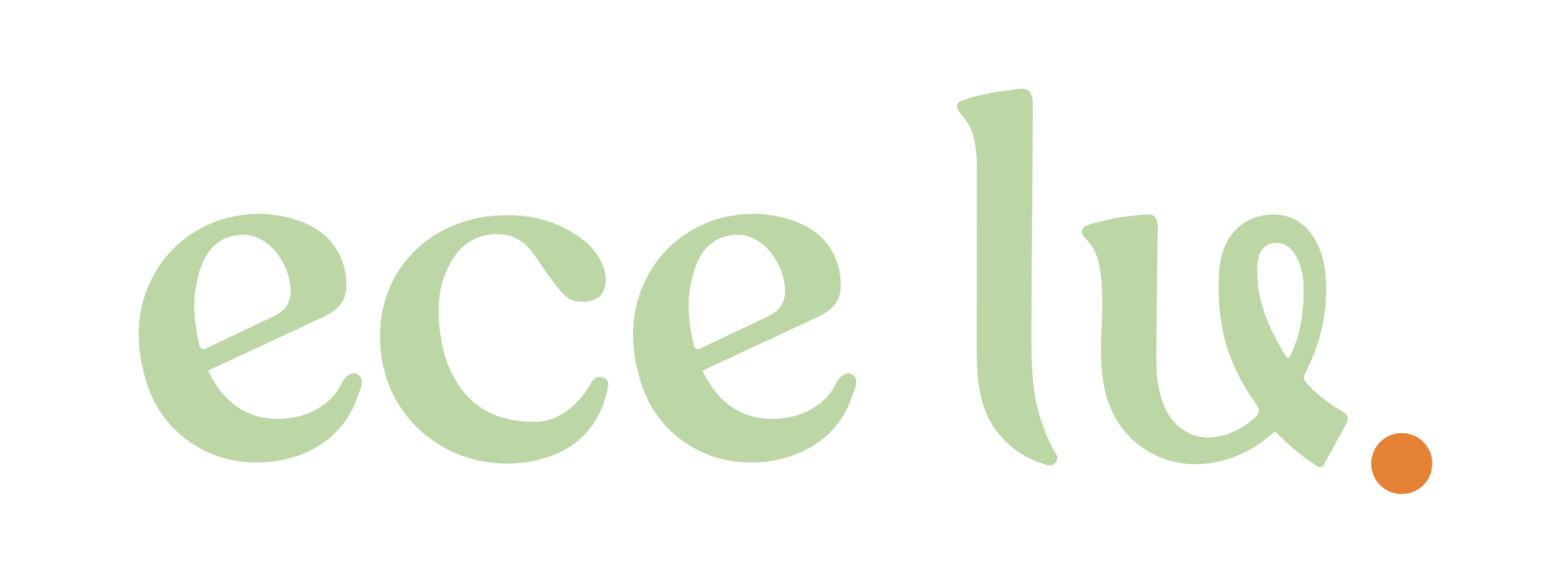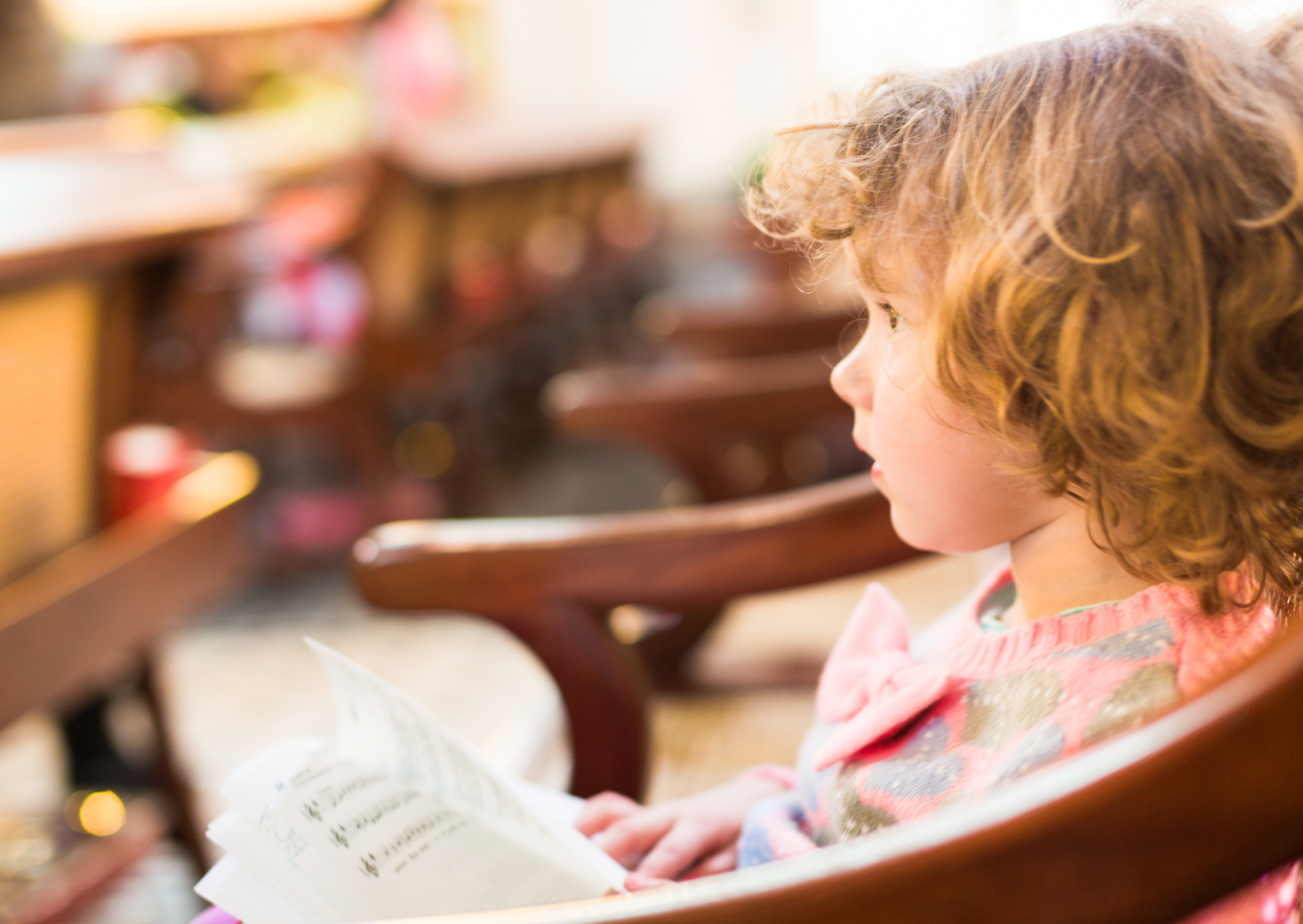

We Live in a Digital Age
There’s something undeniably special about a child’s printed portfolio. The weight of the pages. The smell of glue and paper. The joy of flipping through artwork and stories that capture fleeting moments in time. Many parents will tell you, “We still have our child’s portfolio, they’re a teenager now, but we treasure it.”
That nostalgia is real. And it’s beautiful.
But here’s the question we need to ask ourselves as educators: is nostalgia enough reason to keep doing something that’s no longer sustainable?
Families today live in a world of instant connection. A photo, a short video, or a quick note can be shared in real time, turning learning into something families can experience alongside us, not months later when a portfolio finally goes home. Digital documentation invites parents to respond, reflect, and contribute as the journey unfolds, making learning visible in the moment rather than locked away in a binder.
And here’s the truth: printed portfolios are not compulsory. What matters is that we document, assess, and plan for children’s learning. How we do it is up to us.
So we have to ask:
- Can digital tools capture children’s learning in ways that feel just as meaningful — maybe even more so?
- Can we create living, evolving stories that children can revisit and interact with, rather than static books that gather dust on a shelf?
- Is it time to reimagine what “keepsakes” look like in a modern world?
Because memories aren’t about paper and ink — they’re about the stories we tell, the connections we build, and the joy children feel when they see themselves as capable, curious learners.
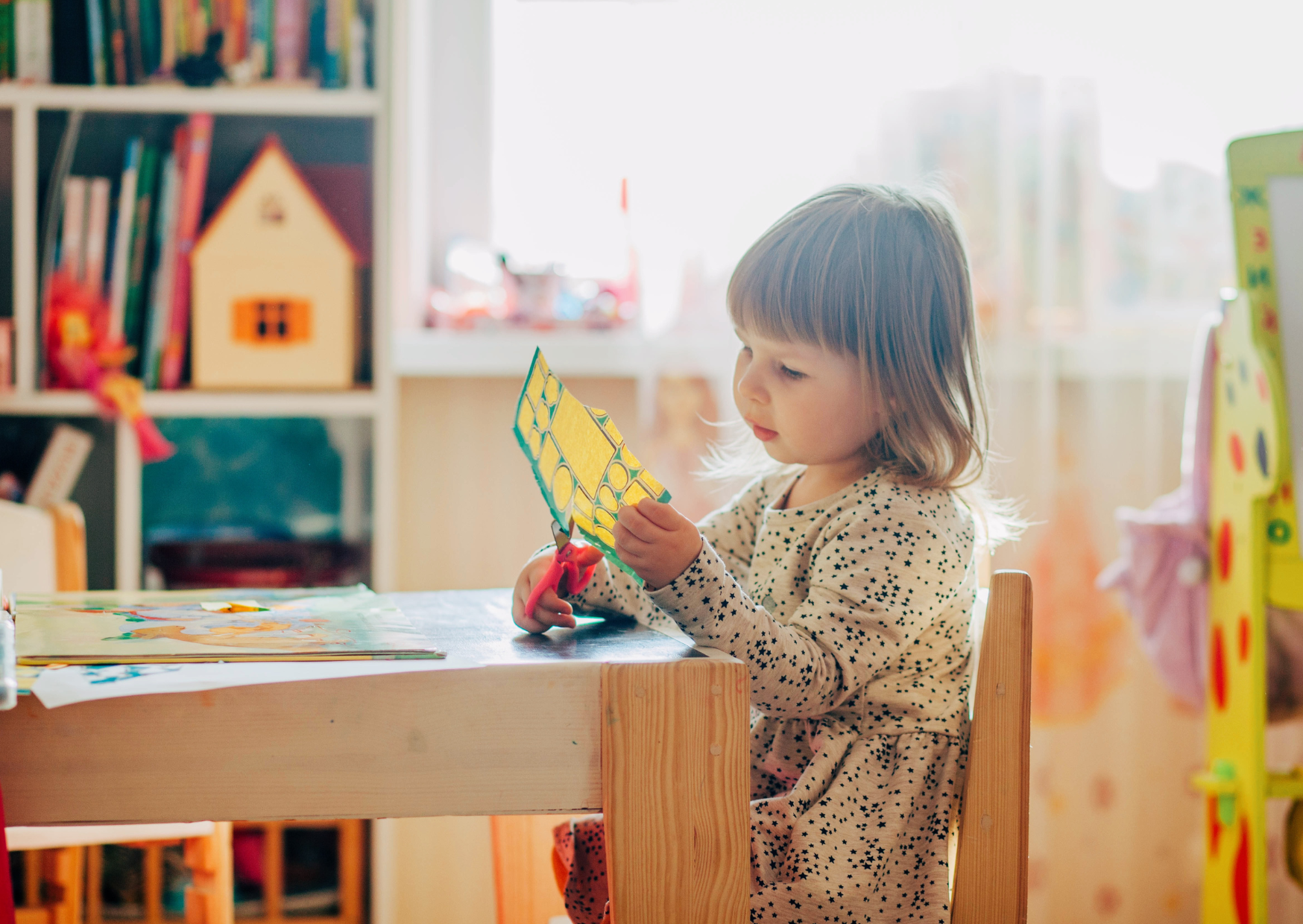
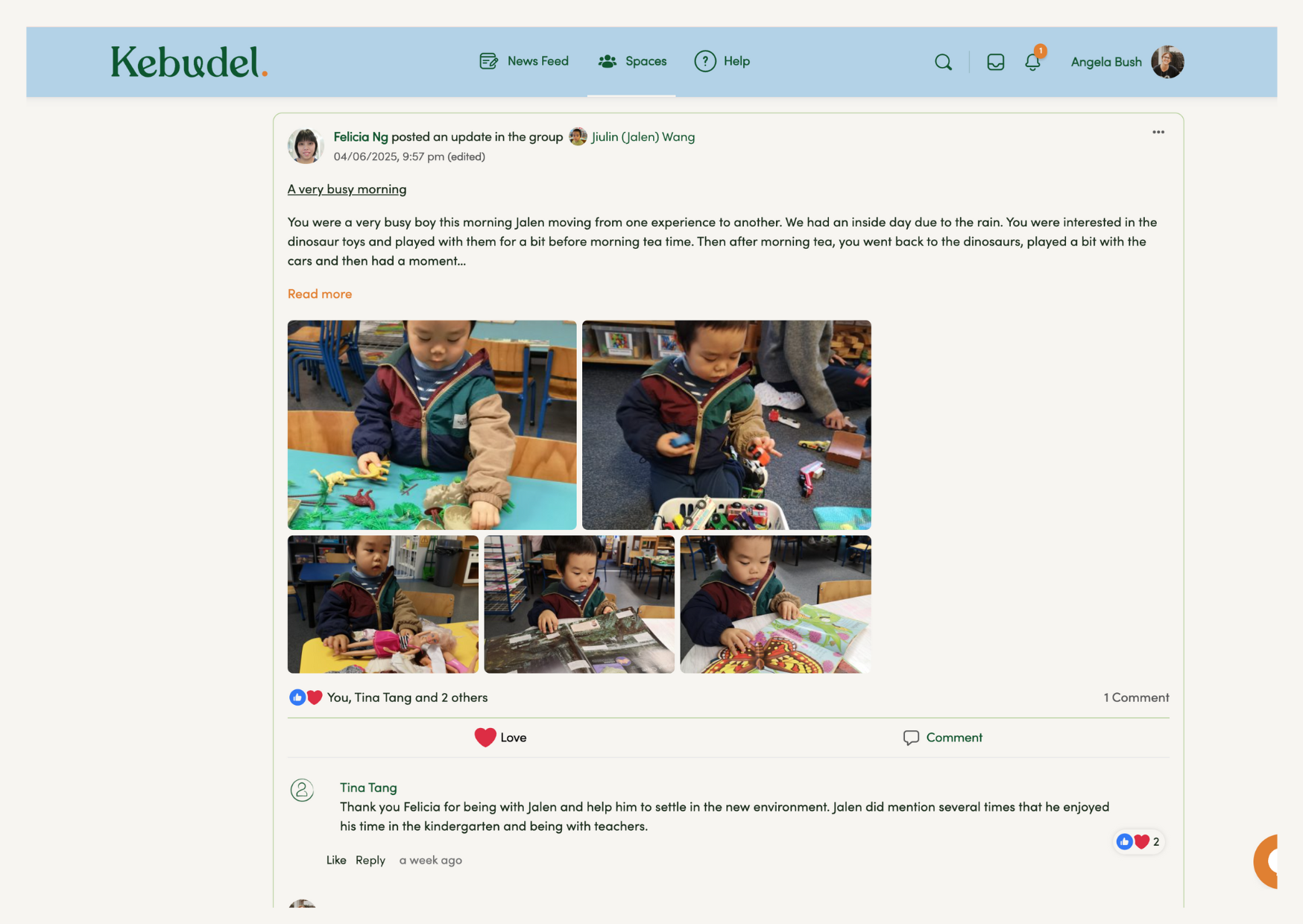
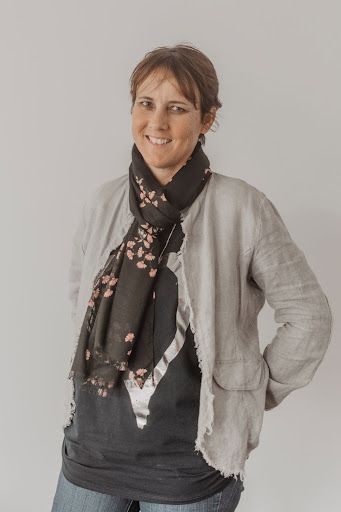
written by
Angela Bush
Founder - ECE Learning Unlimited
Bachelor of Education (ECE), Diploma of Nursing, Diploma of Teaching (ECE)
Angela is a degree qualified and registered ECE teacher, multiple ECE centre owner, curriculum leader and business manager of ECE Learning Unlimited. She is also a registered nurse.
With over thirty years in ECE and centre ownership, Angela has a wealth of experience and knowledge in successful ECE leadership and centre management.
Over the years Angela has also had roles as a lecturer in ECE, nanny, teacher, and mentor.
